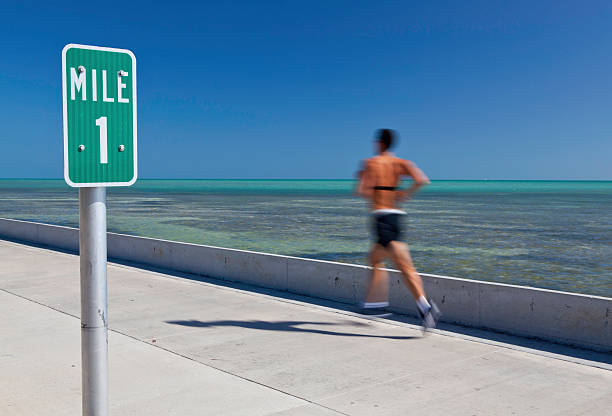Calories burned running a mile can vary depending on a number of factors, including your weight, pace, and terrain. In this article, we will explore the factors that affect calorie burn and provide some estimates for how many calories you can expect to burn while running a mile.
First, let’s start by explaining how calories are burned during exercise. When you engage in physical activity, your body uses energy to fuel your muscles. This energy comes from calories, which are units of energy found in the food you eat. The more intense the activity, the more calories you will burn.
Now, let’s examine the factors that can affect calorie burn while running a mile.
Weight: Your weight is one of the most significant factors that determines how many calories you will burn while running a mile. In general, the heavier you are, the more calories you will burn. This is because it takes more energy to move a heavier object than a lighter one.
Pace: The faster you run, the more calories you will burn. This is because running at a faster pace requires more energy and effort.
Terrain: The type of terrain you are running on can also affect calorie burn. Running on a flat surface will generally result in fewer calories burned compared to running on an uphill or downhill slope.
Now, let’s look at some estimates for how many calories you can expect to burn while running a mile. These estimates are based on a person weighing 150 pounds and running at a moderate pace.
Running a mile on a flat surface: Approximately 100 calories
Running a mile on an uphill slope: Approximately 125 calories
Running a mile on a downhill slope: Approximately 75 calories
It’s important to note that these estimates are just rough estimates and may vary depending on your individual factors such as weight, pace, and terrain. To get a more accurate estimate of calorie burn, you can use an online calculator or a fitness tracker.
Now that we have a better understanding of how many calories are burned running a mile, let’s look at some ways to incorporate running into your fitness routine.
Start slowly: If you’re new to running, it’s important to start slowly and gradually increase your distance and intensity. This will help you build up your endurance and prevent injury.
Wear proper shoes: Investing in a good pair of running shoes is important to support your feet and prevent injury.
Warm up and cool down: It’s important to warm up before you start running and cool down after you finish. This can help prevent injury and improve your performance.
Mix up your routine: If you’re getting bored with your running routine, try mixing things up by adding in some intervals or changing your terrain. This can help keep things interesting and challenging.
In conclusion, the number of calories burned running a mile can vary depending on your weight, pace, and terrain. By understanding these factors and incorporating running into your fitness routine, you can improve your overall health and fitness level.

 Home
Home Health
Health Diet & Nutrition
Diet & Nutrition Living Well
Living Well More
More












